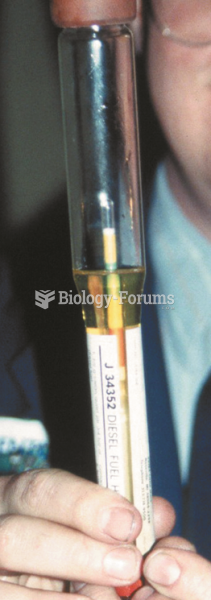|
|
|
Multiple sclerosis is a condition wherein the body's nervous system is weakened by an autoimmune reaction that attacks the myelin sheaths of neurons.
Always store hazardous household chemicals in their original containers out of reach of children. These include bleach, paint, strippers and products containing turpentine, garden chemicals, oven cleaners, fondue fuels, nail polish, and nail polish remover.
The heart is located in the center of the chest, with part of it tipped slightly so that it taps against the left side of the chest.
In Eastern Europe and Russia, interferon is administered intranasally in varied doses for the common cold and influenza. It is claimed that this treatment can lower the risk of infection by as much as 60–70%.
The immune system needs 9.5 hours of sleep in total darkness to recharge completely.
 The transition from college to first job can be a triggering situation for new growth in meaning ...
The transition from college to first job can be a triggering situation for new growth in meaning ...
 A hydrometer is used to measure the American Petroleum Institute (API) specific gravity of diesel ...
A hydrometer is used to measure the American Petroleum Institute (API) specific gravity of diesel ...





